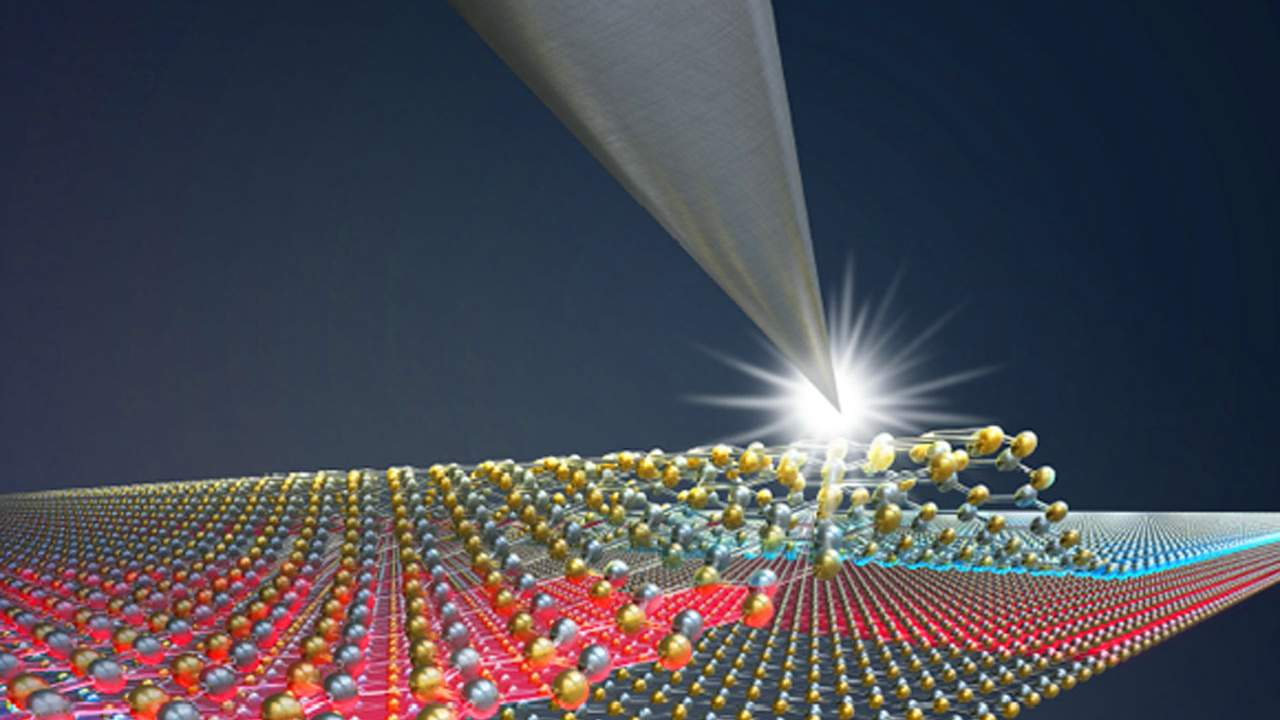
New thinnest electronic device only 2 atoms thick
Scientists have developed the world’s thinnest piece of technology, a tiny device only two atoms thick that can be used to store electronic information.
The device consists of two layers, one made up of Boron and the other of Nitrogen, arranged in a repeating hexagonal structure. By taking advantage of a strange quantum mechanical effect called quantum tunnelling, electrons from the Boron and Nitrogen atoms are able to zip across the gap between the two layers, changing the state of the device and allowing it to encode digital information.
This is similar to the way current state-of-the-art computing devices work. The hearts of computers contain many tiny crystals, each consisting of roughly a million atoms stacked in multiple, 100-atom layers. By shuttling electrons across gaps between the layers, computers are able to switch between the two binary states (0 and 1) that form the basis of the basic unit of digital information, the bit.
By reducing the size of the technology down to just two layers of atoms, the researchers could speed up the electron movement. Quicker electron movement could make future devices faster, less dense and more energy efficient.
 English
English Arabic
Arabic


